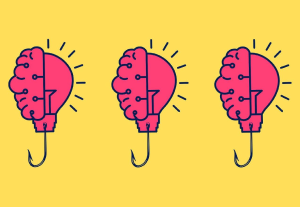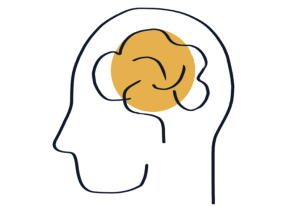- Apple, Design Theory, The rise of design
Article by Sreya Majumdar
Unleashing the Power of Design Thinking: A Sustainable Journey Towards Business Innovation
- The article explores Design Thinking’s transformative role in business innovation, using Apple’s case as a prime example, and introduces a forward-looking sustainable framework for assessing innovation.
Share:Unleashing the Power of Design Thinking: A Sustainable Journey Towards Business Innovation
Share this link
- December 26, 2023
3 min read






